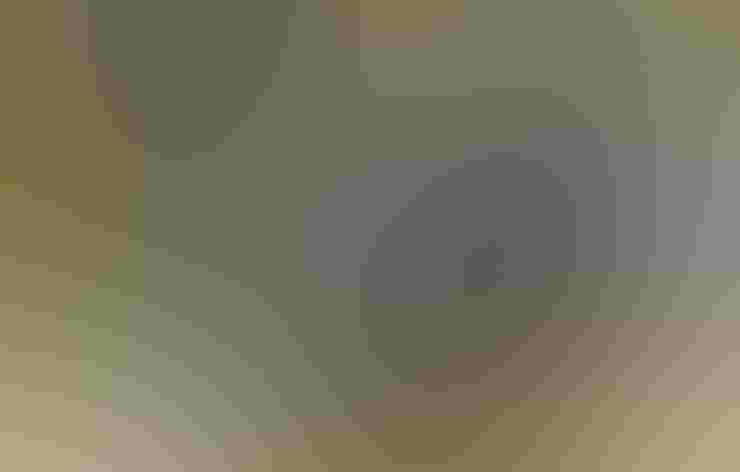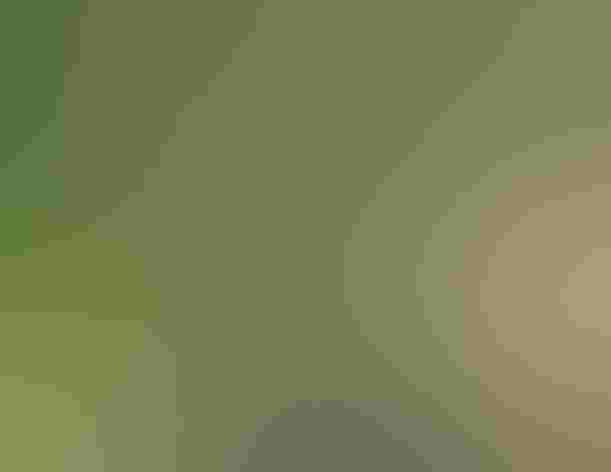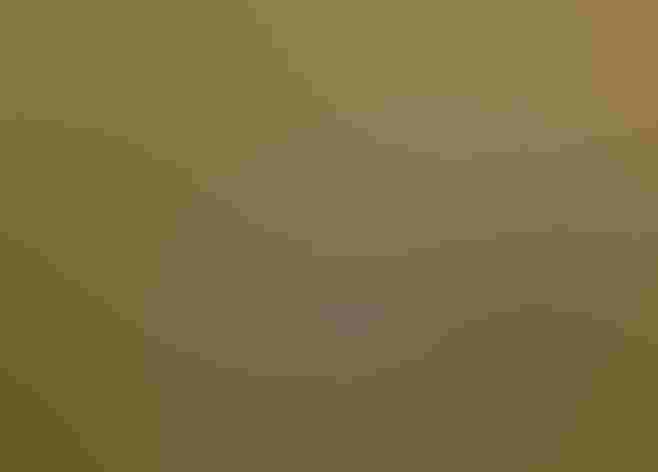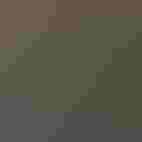Common Gallinule
At a Glance
Adaptable and successful, this bird is common in the marshes of North and South America. It was formerly considered to belong to the same species as the Common Moorhen, widespread in the Old World. The gallinule swims buoyantly, bobbing its head; it also walks and runs on open ground near water, and clambers about through reeds and cattails above the water. Related to the American Coot and often found with it, but not so bold, spending more time hiding in the marsh.
All bird guide text and rangemaps adapted from Lives of North American Birds by Kenn Kaufman© 1996, used by permission of Houghton Mifflin Harcourt Publishing Company. All rights reserved.
Category
Chicken-like Marsh Birds, Rails, Gallinules, Coots
IUCN Status
Least Concern
Habitat
Coasts and Shorelines, Freshwater Wetlands, Lakes, Ponds, and Rivers, Saltwater Wetlands
Region
California, Eastern Canada, Florida, Great Lakes, Mid Atlantic, New England, Plains, Southeast, Southwest, Texas
Behavior
Flushes, Running, Swimming
Population
5.100.000
Range & Identification
Migration & Range Maps
Probably migrates at night. Some southern and coastal populations evidently permanent resident. Occasionally strays far from normal range.
Description
13" (33 cm). Adult slaty with browner back, white stripe along side. Thick bill and frontal shield usually red and yellow, sometimes all yellow or brownish. Legs greenish. Immature paler gray with dull bill and legs, but shows white stripe on side.
Size
About the size of a Crow, About the size of a Robin
Color
Black, Brown, Gray, Red, White, Yellow
Wing Shape
Broad, Pointed
Tail Shape
Short
Songs and Calls
Squawking and croaking notes similar to those of coots.
Call Pattern
Falling, Flat, Rising
Call Type
Chirp/Chip, Rattle, Raucous, Scream
Habitat
Fresh marshes, reedy ponds. May be on still or slow-moving waters. Favors fresh marshes with some open water, ideally with some open ground and some dense cover along margins. Sometimes on more open ponds with only small amount of marsh cover. Found with American Coot in many places, but requires more marsh growth.
Sign up for Audubon's newsletter to learn more about birds like the Common Gallinule
Behavior
Eggs
8-11, sometimes 5-13. Buff, irregularly spotted with brown. Incubation is by both sexes, 19-22 days.
Young
Can swim well shortly after hatching. Young fed by both parents, sometimes by older siblings from earlier broods; gradually learn to feed themselves, finding most of own food after about 3 weeks, though still fed sometimes by parents past 6 weeks. Young capable of flight at 40-50+ days. 1 or 2 broods per year, rarely 3.
Feeding Behavior
Forages while swimming, walking on land, or climbing through marsh vegetation. While swimming, may dip head underwater, or may up-end with tail up and head down; sometimes dives.
Diet
Omnivorous. Major food items include leaves, stems, and seeds of various water plants, also fruits and berries of terrestrial plants. Also eats insects, spiders, earthworms, snails and other mollusks, tadpoles. Sometimes eats carrion, eggs of other birds.
Nesting
In courtship, male chases female on land; both stop, bow deeply, preen each other's feathers. Other displays involve lowering head and raising tail, exposing white patches under tail. Nest site is in marsh over shallow water, sometimes on ground or in shrub near water. Nest (built by both sexes) is solidly constructed platform (or wide, shallow cup) of cattails, bulrushes, reeds; often has a ramp of similar material leading down to water. Similar platforms built nearby, may be used for resting or brooding.
Conservation
Conservation Status
Undoubtedly has declined over much of range owing to loss of wetlands. Still widespread and may be locally common where good marsh habitat exists within historical range.
Climate Threats Facing the Common Gallinule
Choose a temperature scenario below to see which threats will affect this species as warming increases. The same climate change-driven threats that put birds at risk will affect other wildlife and people, too.











